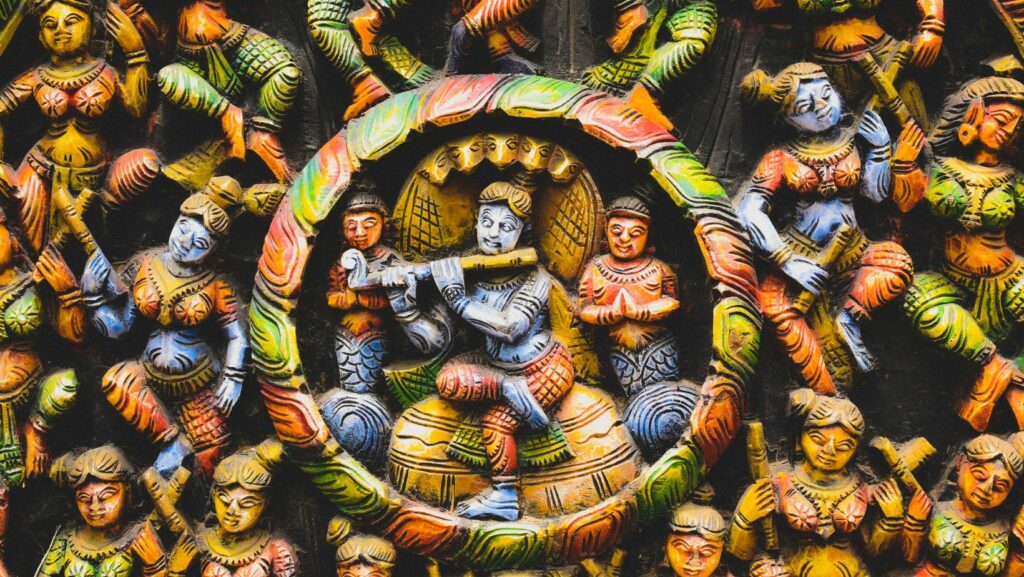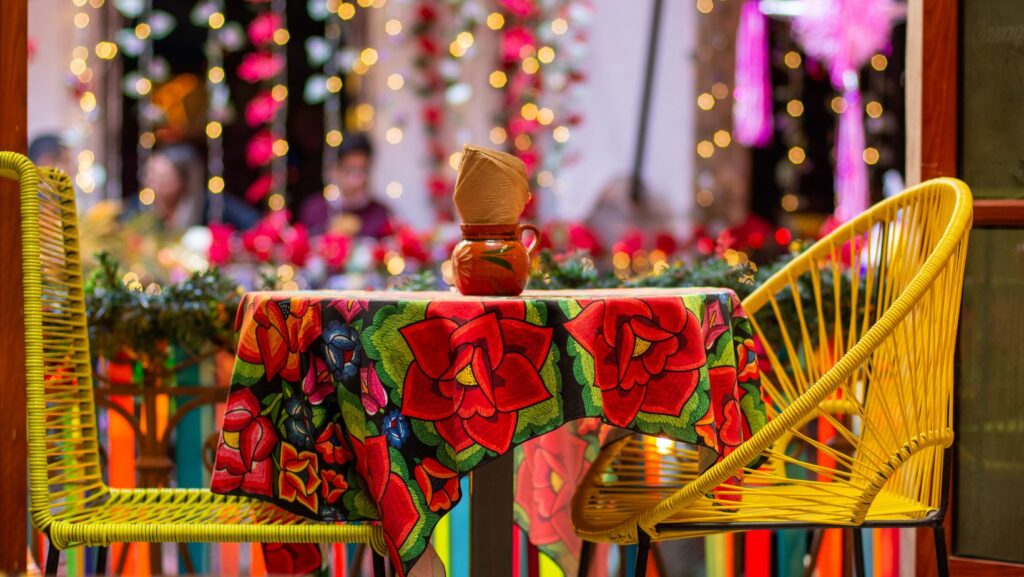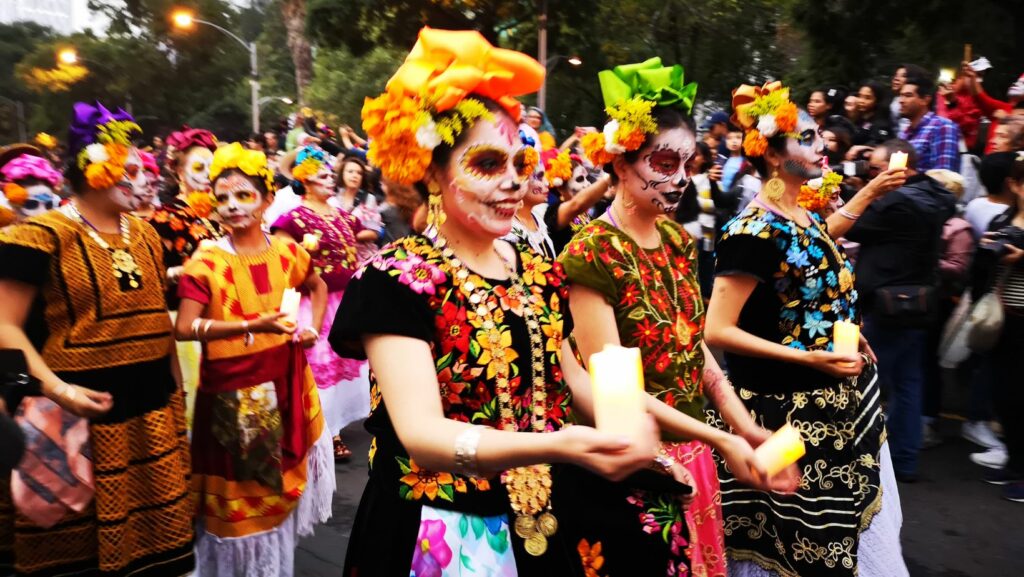Indian Culture Art
Indian Culture Art has a profound and intricate history that spans centuries, evolving through diverse dynasties and cultural influences. From the exquisite cave paintings of Ajanta and Ellora to the intricate sculptures of ancient temples, each artifact reflects the artistic prowess and creativity of its time.
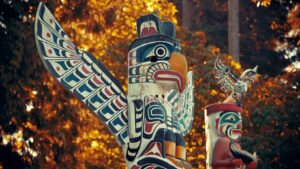
The development of Indian Culture Art is a testament to the vibrant cultural tapestry that has been woven over millennia, showcasing a blend of indigenous styles and external influences.
The regional diversity of Indian Culture Art forms is a testament to the country’s rich cultural heritage and varied traditions. From the vibrant Warli paintings of Maharashtra to the elaborate Thanjavur paintings of Tamil Nadu, each region boasts its unique artistic expression. The intricate weaving patterns of Assam, the colorful Phad paintings of Rajasthan, and the graceful Odissi dance of Odisha exemplify the diverse artistic traditions that flourish across the Indian subcontinent. This rich tapestry of regional art forms adds depth and complexity to India’s cultural landscape, showcasing the artistic ingenuity and creativity of its people.
Key Forms of Indian Culture Art
Indian cultural art encompasses a rich tradition of classical and folk dance forms that reflect the country’s cultural heritage and diverse traditions. Classical dances like Bharatanatyam, Kathak, Odissi, Kuchipudi, and Manipuri are deeply rooted in Indian mythology, history, and spirituality. These dances are characterized by intricate footwork, expressive gestures, and elaborate costumes, often performed to classical music compositions.
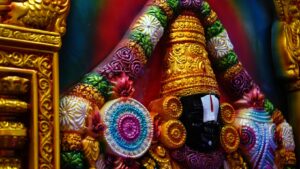
On the other hand, folk dances in India are a vibrant expression of the local culture, customs, and rituals of various regions. Each state in India boasts a unique repertoire of folk dances, such as Bhangra from Punjab, Garba from Gujarat, Ghoomar from Rajasthan, and Bihu from Assam. These folk dances are typically performed during festive occasions, harvest celebrations, weddings, and other social events, showcasing the cultural diversity and rhythmic vibrancy of Indian Culture Art forms.
Indian music and theatrical forms are integral components of the country’s artistic heritage, representing a blend of tradition, spirituality, and innovation. Classical Indian music is primarily categorized into two major types: Hindustani (North Indian) and Carnatic (South Indian) classical music. These music forms involve intricate melodies, elaborate improvisations, and rhythmic patterns, often accompanied by instruments like sitar, tabla, flute, veena, and mridangam.
Famous Indian Culture Artifacts and Paintings
Exploring the realm of famous Indian Culture Artifacts and paintings unveils a treasure trove of historical significance. From the exquisite Ajanta and Ellora cave paintings depicting religious themes to the intricate bronze sculptures of Hindu gods and goddesses, each piece tells a story of India’s rich cultural heritage. These artifacts not only serve as visual delights but also as windows into the past, showcasing the artistic brilliance of ancient Indian civilizations.
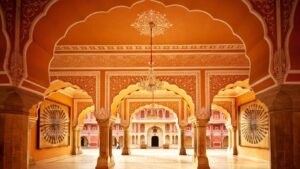
The Kohinoor diamond, with its storied past and contested ownership, stands as a symbol of India’s opulence and tumultuous history. This iconic artifact, known for its breathtaking beauty and cultural significance, has been a source of fascination for art enthusiasts and historians alike. Its journey through different empires and nations echoes the complex narratives woven into Indian Culture Art and artifacts over the centuries.
Moving from artifacts to paintings, the works of renowned artists like Raja Ravi Varma and MF Husain have left an indelible mark on the Indian Culture Art scene. Varma’s vibrant oil paintings, known for their depiction of Indian mythology and royalty, revolutionized traditional Indian Culture Art. On the other hand, Husain’s bold and expressive paintings captured the essence of modern India, reflecting its socio-political landscape with flair. These artists and their masterpieces continue to inspire and resonate with art lovers around the world.
In the realm of contemporary Indian Culture Art, a new wave of artists is pushing boundaries and redefining artistic norms. Names like Bharti Kher, Subodh Gupta, and Anish Kapoor have gained international acclaim for their innovative and thought-provoking creations. Kher’s surreal sculptures and mixed-media works challenge conventional notions of identity and gender, sparking conversations on societal norms and cultural constructs.

